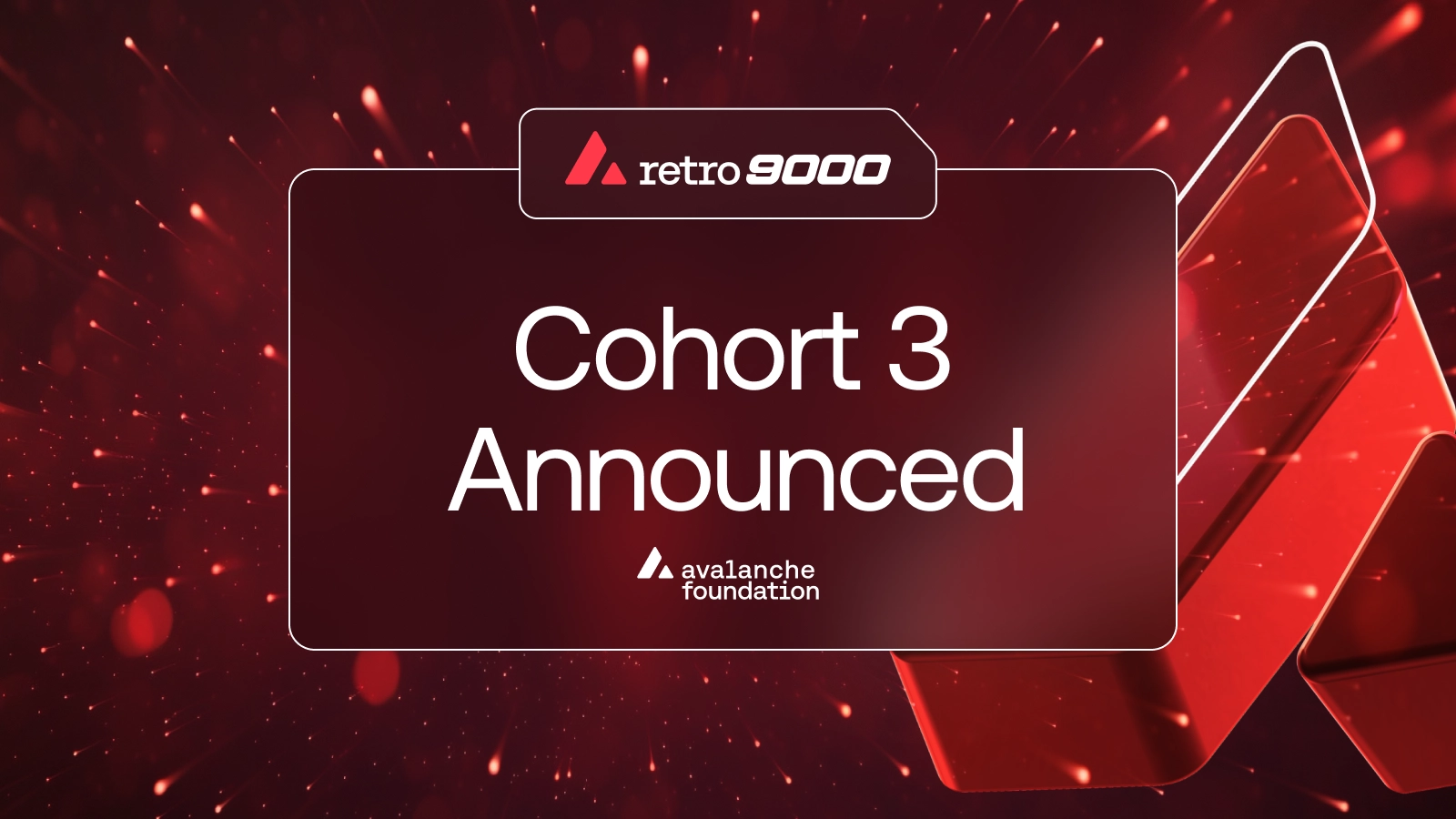Tokenization 101: A Lot of Tokenization Is Still Hype—Here’s What’s Not
Tokenization 101: A Lot of Tokenization Is Still Hype—Here’s What’s Not
Aug 25, 2025 / By Morgan Krupetsky / 4 Minute Read

As the concept of tokenization continues to trend, a stablecoin tipping point is driving momentum
As seen in The Pomp Letter
Tokenization has become one of the most talked-about trends at the intersection of crypto and financial services. Daily headlines proclaim ‘tokenization is the future,' while Wall Street executives and consulting firms project trillions in tokenized assets within the next decade. The acronym ‘RWAs’ has expanded in meaning beyond 'risk-weighted assets’ to 'real-world assets'—a term for physical, digital, or traditional assets whose ownership is reflected on a distributed ledger.
The truth is, tokenization isn’t new. Before RWAs we had security token offerings (STOs). And before money market funds (MMFs), earlier efforts sought to tokenize everything from fine art to luxury hotels to uranium.
But why is this time different?
A few years ago, rising interest rates and falling DeFi yields led to capital flight offchain, illuminating the need to bring more stable, crypto-uncorrelated assets onchain. This was supported by the maturation of an onchain ecosystem with institutional-grade infrastructure such as qualified custodians, compliance tooling, robust tokenization platforms, and stablecoins. The advent and proliferation of DeFi further showed that, once tokenized, RWAs could be pledged as collateral, leveraged in onchain structured products, and overall instilled with greater utility. Finally, major financial services firms have been not just endorsing the concept, but actively tokenizing high-quality assets in-production.
It all Started with Stablecoins
With nearly $260bn in market cap, stablecoins–that is, tokenized cash or programmable digital dollars–have proven to be the quintessential RWA and “killer app” for crypto. As the foundational layer for onchain activity, stablecoins have enabled near-instant settlement, 24/7 transferability, and global access.
This has become especially critical in developing economies and countries with volatile currencies, where USD-pegged stablecoins like Circle’s USDC, Tether’s USDT, Agora’s AUSD, and Sky’s USDS provide citizens with a more stable way to store value, protecting their savings from inflation and local currency volatility.
Crypto-Native Institutions as Early Adopters
As the stablecoin market is set to only grow from here, especially in light of the GENIUS Act, a natural demand for tokenized MMFs has emerged.
To date, these MMFs, while representing a small share of the total stablecoin supply, have garnered significant interest from more crypto-native institutions, namely stablecoin and synthetic dollar issuers.
These funds–from BlackRock’s BUIDL to VanEck’s VBILL and Franklin Templeton’s BENJI–offer a critical way for these net new customers to enhance the quality of the collateral backing their tokens and earn a return on their reserves—a trend that is poised for continued growth.
Looking Ahead: Attracting Traditional Capital OnChain
To-date, traditional institutions–e.g., Hedge Funds, Real Money Asset Managers, Alternative Funds, etc.–have largely been on the asset supply side of the market, viewing tokenization as another distribution channel for their fund offerings. What we’ve not seen is these institutions really participating as onchain investors.
The truth is, a large part of this is because many of today’s tokenized assets are not readily available to institutional investors and add greater cost, friction, and risk to their portfolio management process in tokenized form.
However, there is a small but quickly growing segment of the market offering private credit opportunities that are either blockchain-native or made possible by blockchain rails.
The preeminent example is payment finance, where liquidity provisioning facilitates stablecoin-based use cases like remittances, wholesale payments, and cross-border trade. This is about providing the essential infrastructure and capital to make stablecoins a viable, scalable, and liquid alternative to traditional payment systems.
A second area involves leveraging programmatic payments and credit facilities–such as those provided by Fence–to improve traditional asset-backed lending. This approach drives operational efficiencies in the context of incoming loan requests and facility drawdowns, enabling a new class of investors to compete in a sector that’s been historically dominated by only the top private credit firms.
A number of smaller institutions with private credit backgrounds are already becoming first movers here by actively structuring, underwriting, and ultimately investing in these onchain opportunities, paving the way for a much larger and expanding market.
Watch this Space
Ultimately, the promise of tokenization is being increasingly realized through a powerful confluence of institutional engagement, technological maturity, and use cases beyond pure crypto speculation.




